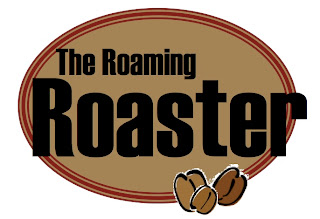We invited a bunch of people to our headquarters for an informal conversation. Teachers, community activists, school committee members, CBO employees, and administrators were all asked to bring some food to share as well as ideas for collaboration. All told, about fifteen people came, which was a perfect size. We had a few glasses of wine, ate some snacks, and had a long conversation about what each of us contributes to the cause of public education, and how we might use one another to strengthen our efforts. All agreed that another event of this type ought to happen, and another after that, and so on. It seems that a conversation between people working toward common goals is a precious rarity - and it shouldn't be. Here's how you can make the same thing happen in your own community:
1. Don't overdo it
If you try to plan some grand event, you'll get stressed out and may abandon it. You'll be surprised how refreshing it is to just have an informal conversation with people who care about the things you do - this is far more likely to lead to real, on-the-ground action than a huge impersonal lecture hall. The goal is conversation, not national media.
2. Invite a wide range of people
Inviting only people you know is not a recipe for learning new strategies and making new partnerships. Use the network that you have to reach beyond your typical circle, and make sure to invite a few more than you'd like to have because people will cancel. This is the basis of grassroots organizing - they will tell their friends, and they will tell their friends, and they will tell their friends...
3. Feed them
It's always a good idea to put out some food. It brings people together, and you don't want to talk politics hungry. Plus it's a great way to deal with that first awkward twenty minutes. People can just stand around the brie and build community with their mouths full.
4. STRUCTURE!
You need to prevent a griping session or the dreaded awkward silence. This is the most important factor - you have to choose a discussion leader and provide talking points. This discussion leader must be firm, and able to curb conversation-dominators without sounding rude. Some people choose to pass around a ball or something, and only allow talking when a person is holding the ball. It might sound juvenile, but believe me: people need this.
5. Follow up
Email people right after the event and encourage continued conversation. Share everyone's contact information, and schedule a follow up meeting for the next month. Once your group develops a bit of synergy, you can start creating concrete goals to accomplish in between meetings.

No comments:
Post a Comment